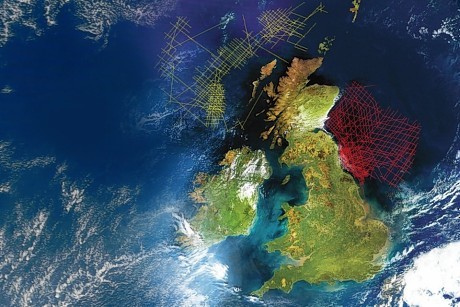
North Sea exploration drilling will remain in the doldrums unless more clarity on the size of remaining reserves is provided, an oil and gas analyst said.
Brian Nottage of Hannon Westwood said the estimates being quoted showed industry is unclear about what the UK continental shelf has to offer, which puts off investors.
Mr Nottage also said plays the same size as the Clair field could be left undiscovered without better incentives and more trust in technology.
But Mr Nottage said multi-million pound seismic surveys commissioned by the UK Government, along with technological advances, could help spur exploration.
Oil and Gas UK published a report last week forecasting further declines in exploration and appraisal drilling in 2016. Seven to 10 exploration wells are expected to be spudded in 2016, along with six to nine appraisal wells.
Last year, 13 of each were drilled as UKCS exploration activity fell to its lowest level since the 1960s.
To help combat the slide, the OGA made available data from a £20million survey of the Rockall Trough and Mid North Sea High regions earlier this year, while a second study has also been authorised.
Mr Nottage said: “The UKCS holds over 400 discoveries. You can forget three-quarters of those, either because they’re away from infrastructure or they’re too small.
“The other problem is people talking about remaining resources of between six billion and 20billion barrels of oil equivalent, which gets you to a place where you say ‘we do not really know enough’.
“The OGA is looking at it. It has shot seismic, but we need to get more definition on the ‘yet-to-find’.”
Mr Nottage said the seismic campaign showed the government was “doing its bit to encourage exploration”.
He said: “They’re trying to improve coverage. But are people going to look at the data in a world where people are not exploring? I think they will.”
Mr Nottage said the industry’s ability to interpret seismic data is “light years” ahead of where it was 20 years ago, and that, in future, hard-to-reach assets could be exploited as technology moves on.
He said he was involved in efforts to sell Conoco’s interest in the Claire field in the 1990s, but that he “could not give it away” at the time because of the difficulties associated with conditions west of Shetland.
Getting Clair on stream was a slow, but worthwhile process. It had produced more than 100million barrels by October 2014.
“Now Clair is a jewel,” Mr Nottage said, adding: “Credit to BP and industry. They can do things they couldn’t do 20 years ago. The technology will keep coming.”
